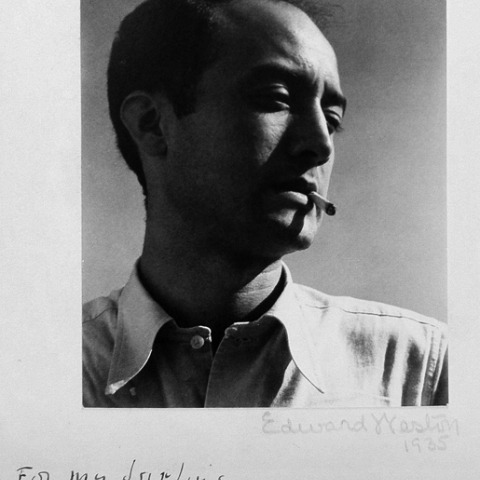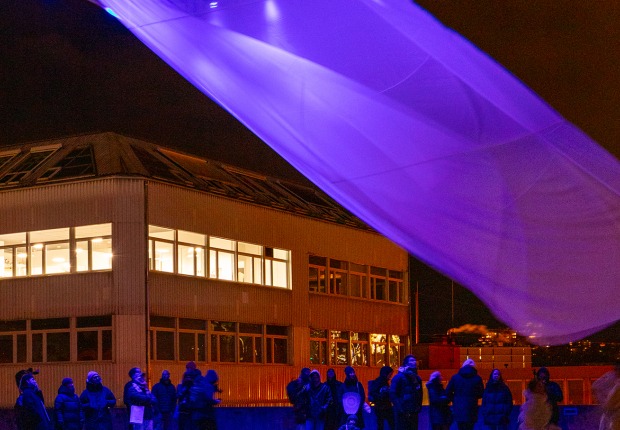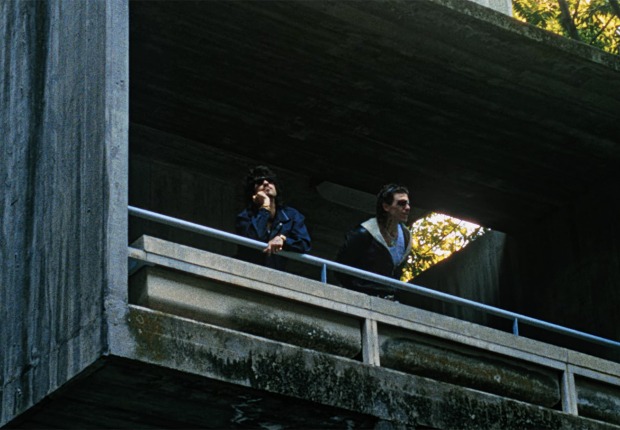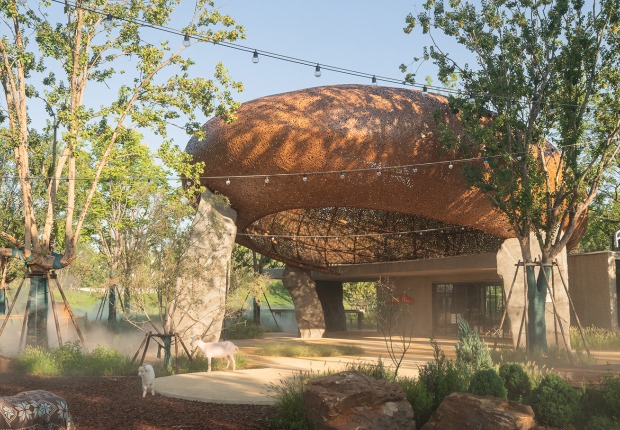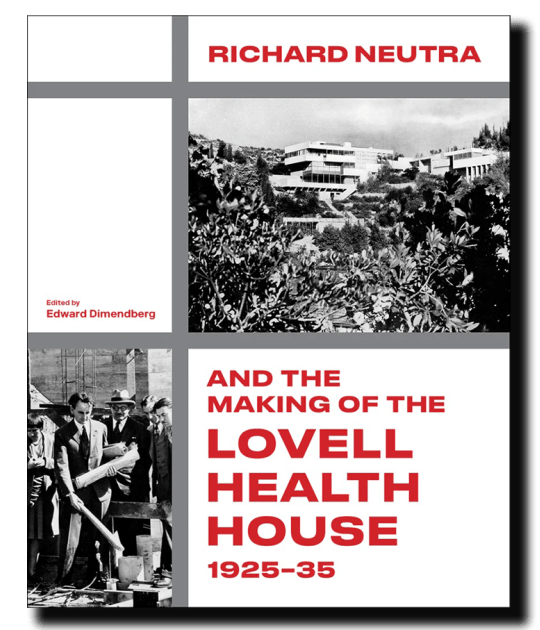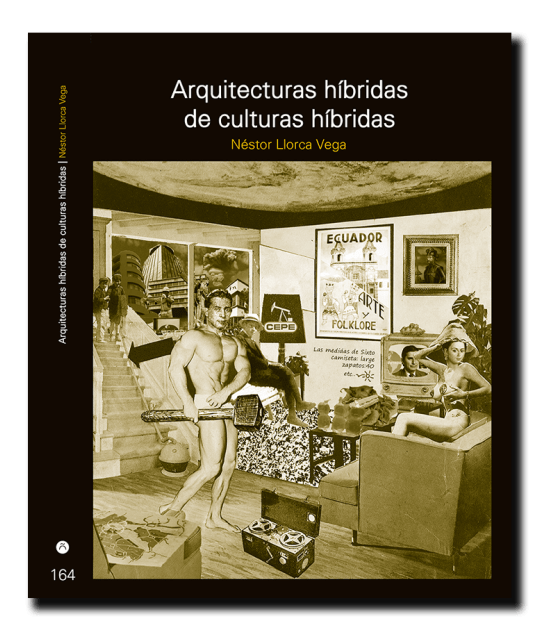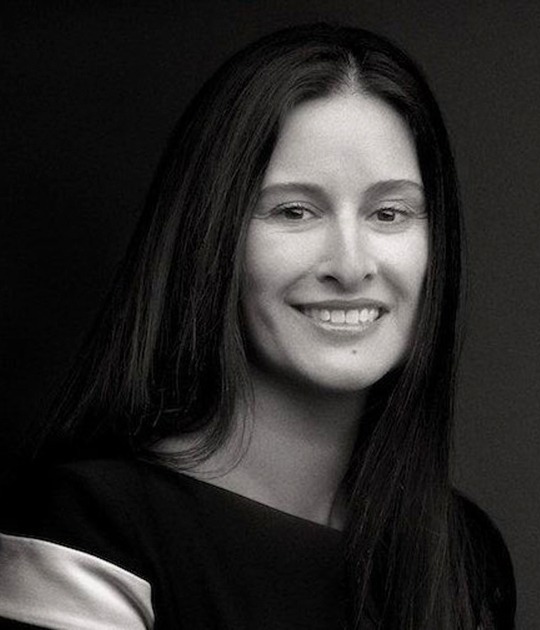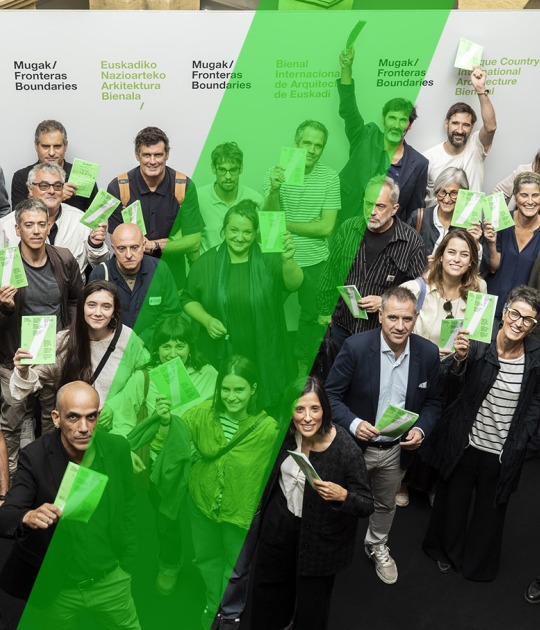During the depression that characterized the 1930s in the United States, a period known as the "New Deal", traveling and exchanges were constants between post-revolutionary Mexico and its industrial albeit depressed neighbor to the North, the U.S.A.
The search for an art form that was clearly American, the development of programs like the Federal Art Project, and the ease with which important business people, such as the Ford or Rockefeller families, commissioned works from Mexican muralists was fairly commonplace. José Clemente Orozco or Diego Rivera created important murals in California, New York and Detroit (1), and the same time painters like Marlon and Grace Greenwood, Pablo O'Higgins or Isamu Noguchi were creating murals in Mexico City.
The woman
Due to this, it is not surprising to note that Diego Rivera and Frida Kahlo remained in the United States to work almost permanently between 1931 and 1934, nor for the reverse to be the case, and in 1935 the young Isamu Noguchi spent almost the entire year in Mexico City creating a mural in the Abelardo L. Rodriguez Market. Even if the mural that he created there is little known and has remained forgotten for a long time from the majority of historigraphies about Isamu Noguchi, the passionate affair that he maintained with Frida Kahlo has always existed within a fog of ambiguity.
In 1934 Diego Rivera managed to reconstruct the mural the "Man and the Crossroads" in the Palacio de Bellas Artes (Palace of Fine Arts) of Mexico, which he was unable to do in the hall of the Rockefeller Center. Within a few months Frida Kahlo discovered another of Diego Rivera's infidelities with her sister, Cristina, who had been posing as a model in two murals. Although since their wedding in 1929, the relationship between the two had been very open, Frida could not tolerate this unfaithfulness being with her sister and early in 1935, terribly hurt by this relationship, she left the house in San Angel where she had lived with Diego and moved to a rented apartment on Avenue Insurgentes in the center of Mexico City. That did not resolve anything and during the summer, in July of 1935, she decided to leave with her friend Anita Brenner to New York.
The trip
Frida was not the only one to take this same trip in this same year between New York and Mexico. Noguchi, looking for a way out of his current work and in the face of his failed attempts to become involved in projects by the Administration, such as the Works Progress Administration (WPA) Art Program, he decided to look for other ways to carry out his work. Noguchi met José Clemente Orozco and was fascinated by his work and his roll as a revolutionary artist. Noguchi left New York and moved to Holywood, California and later made his way south to Mexico City in a car (a Hudson) lent to him by his friend Buckminster Fuller.
Due to the reduced size of the artistic community in Mexico during this era and Frida's desire to become more and more independent from Diego, even if only out of spite, it seems inevitable that Noguchi and Frida would meet at an artists' gala organized by the Guggenheim Foundation in the city (2). His projects began to take shape and, thanks to the help of his compatriots, the artists Marlon and Grace Greenwood, he was commissioned for mural in the Abelardo L. Rodriguez Market where they had also been participating as muralists.
“How different Mexico was! here all of a sudden I didn't feel strange for being an artist. All artist were useful people, a part of the community. A group of artists that worked at the Abelardo Rodríguez Market offered me a wall to sculpt if I accepted the same kind of salary that those who painted the fresco received, per square meter. I happily accepted.
This was how I created my first large work, in colored cement and sculpted brick, two meters high and twenty-two long, which I called “The History of Mexico”.(3)
.../...
[Extract from the text "One market. One formule. A mural by Isamu Noguchi". By José Juan Barba]
